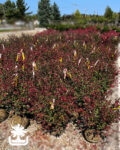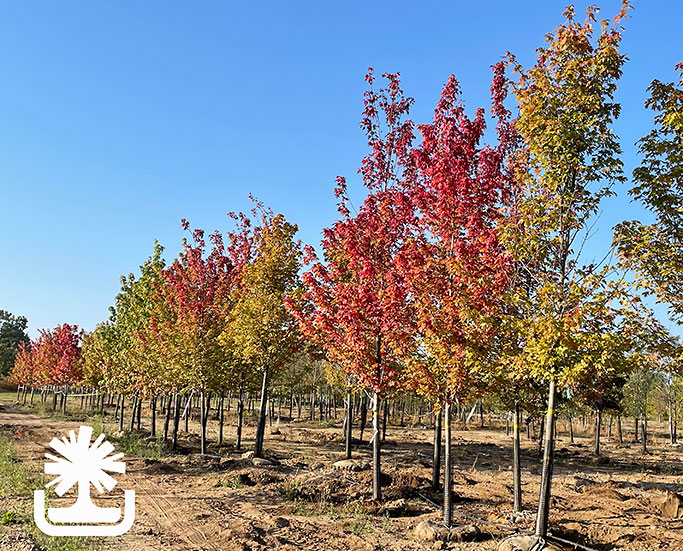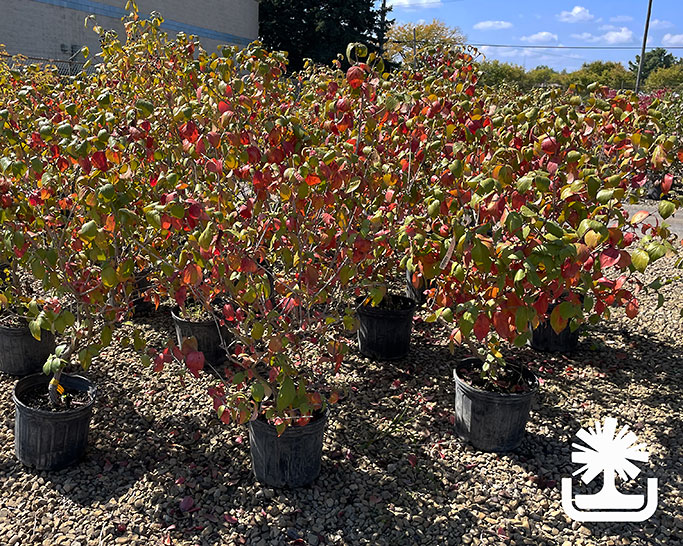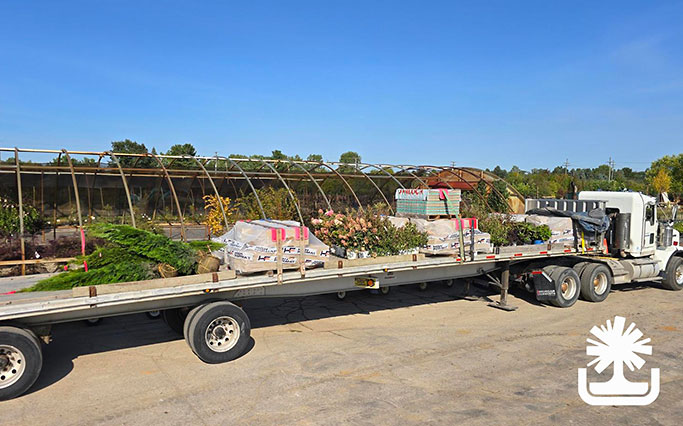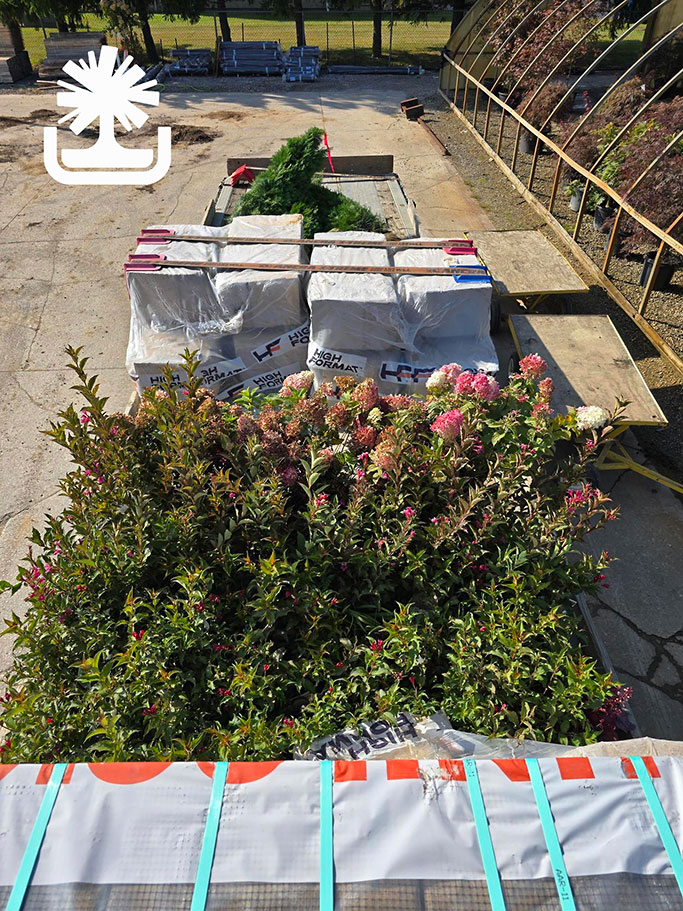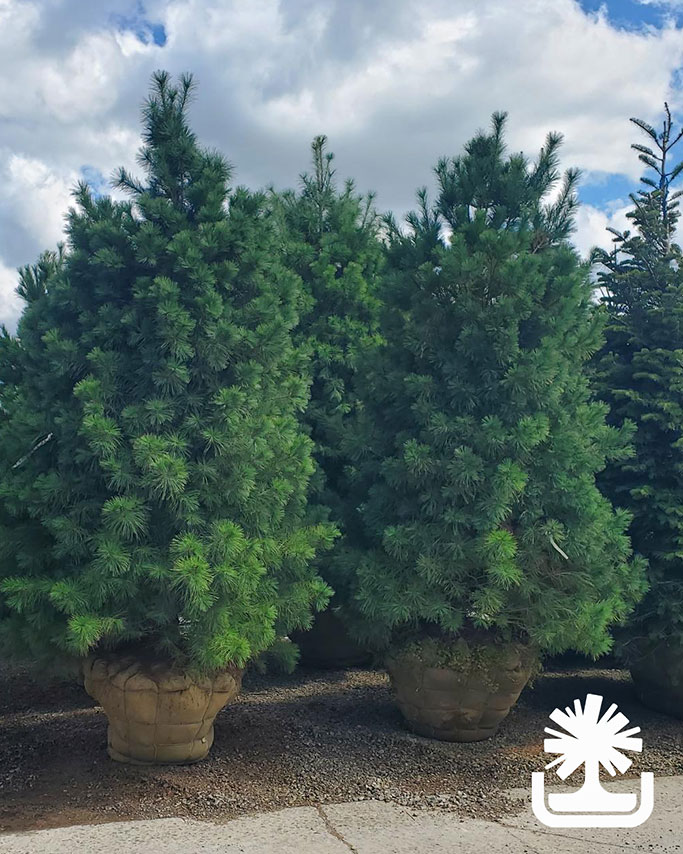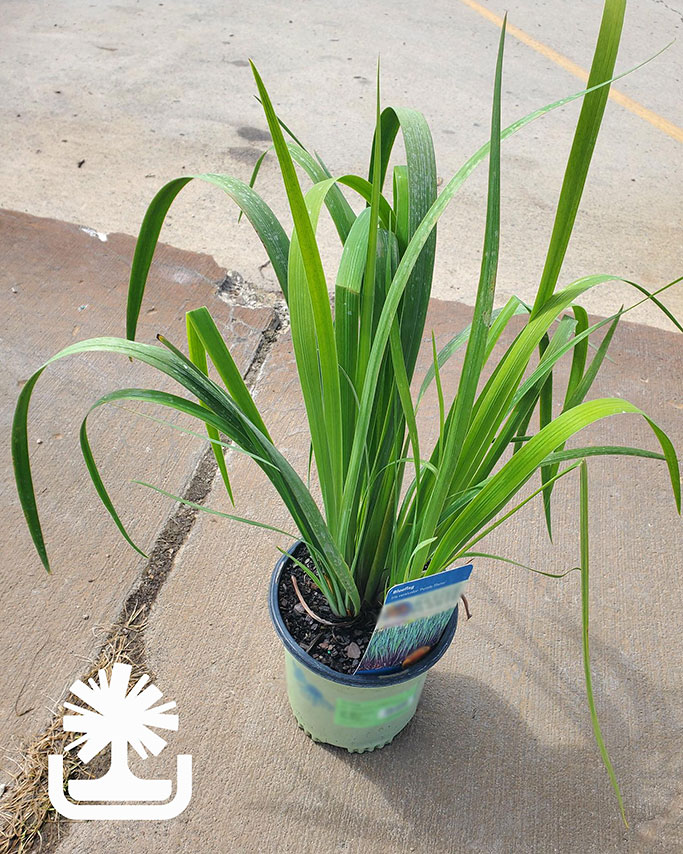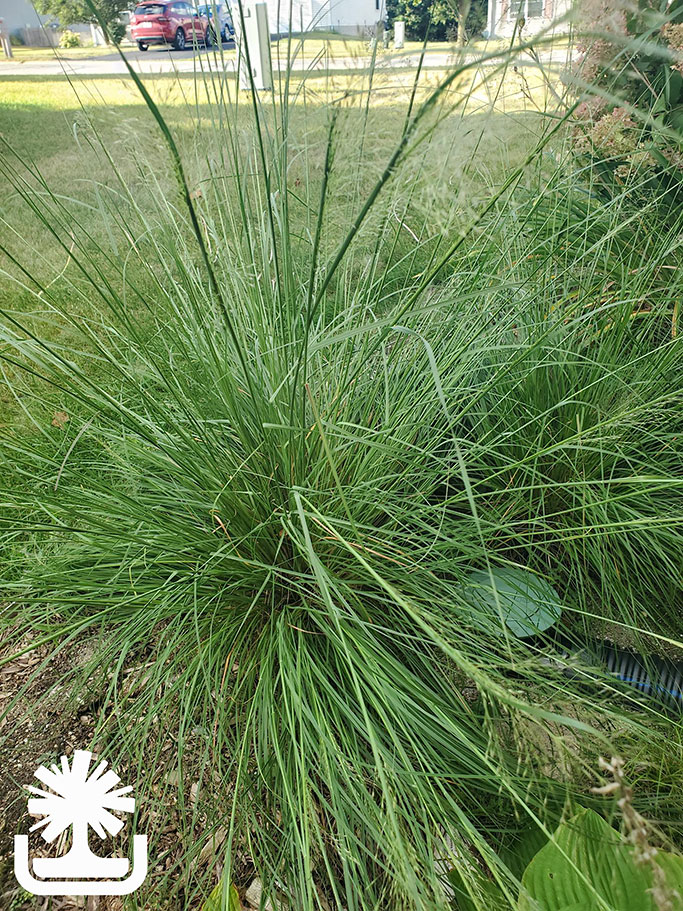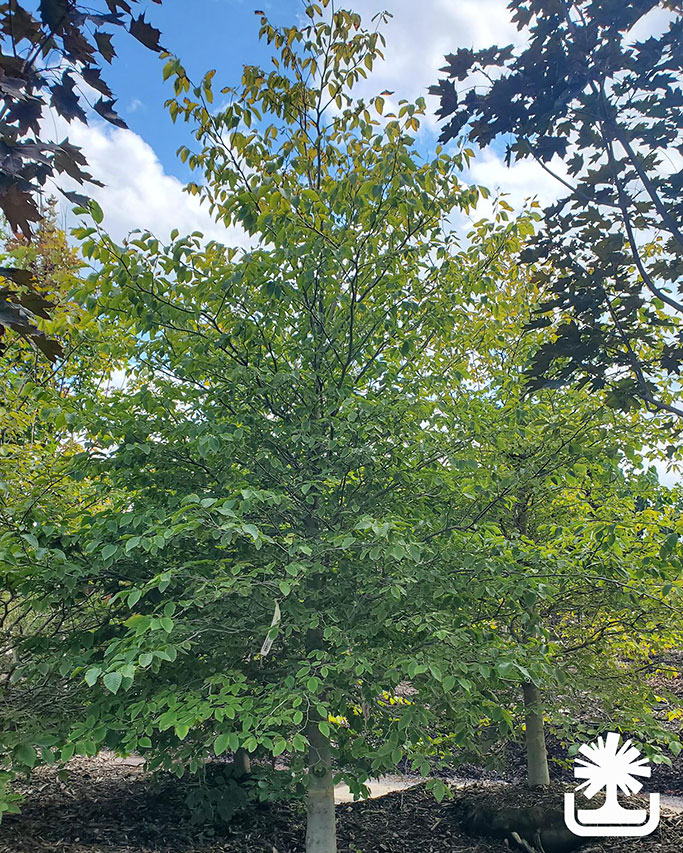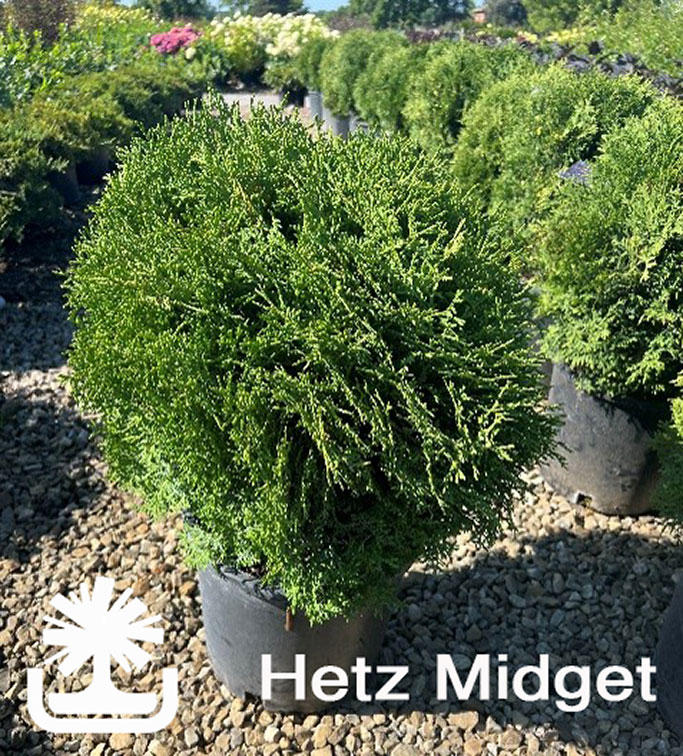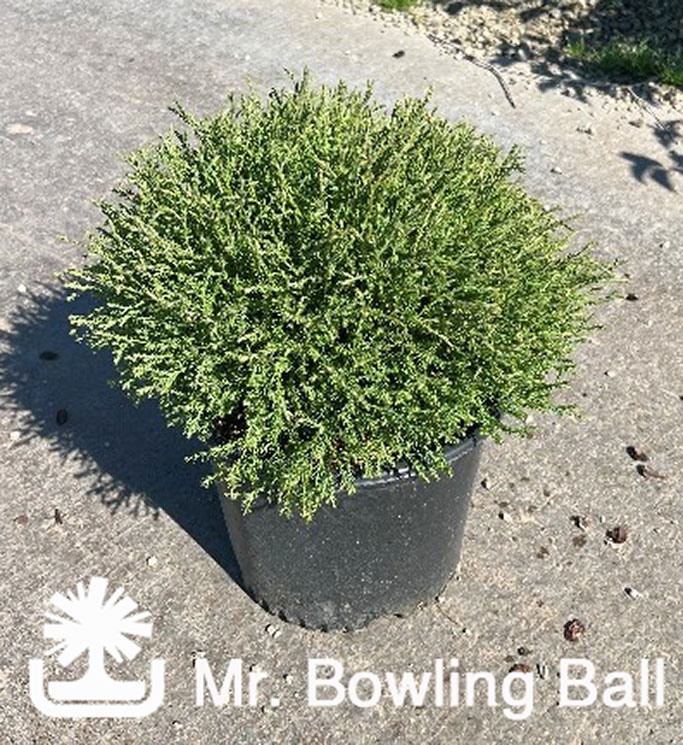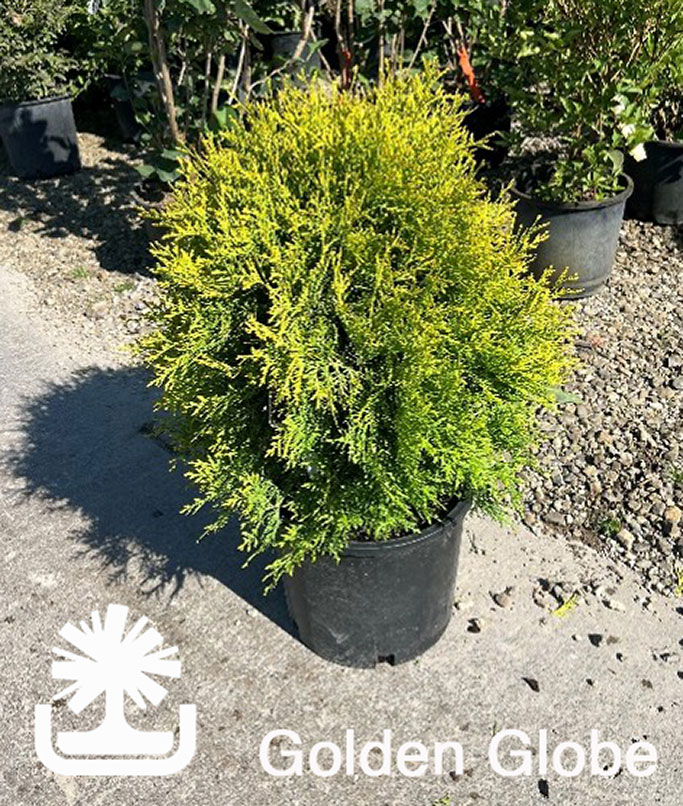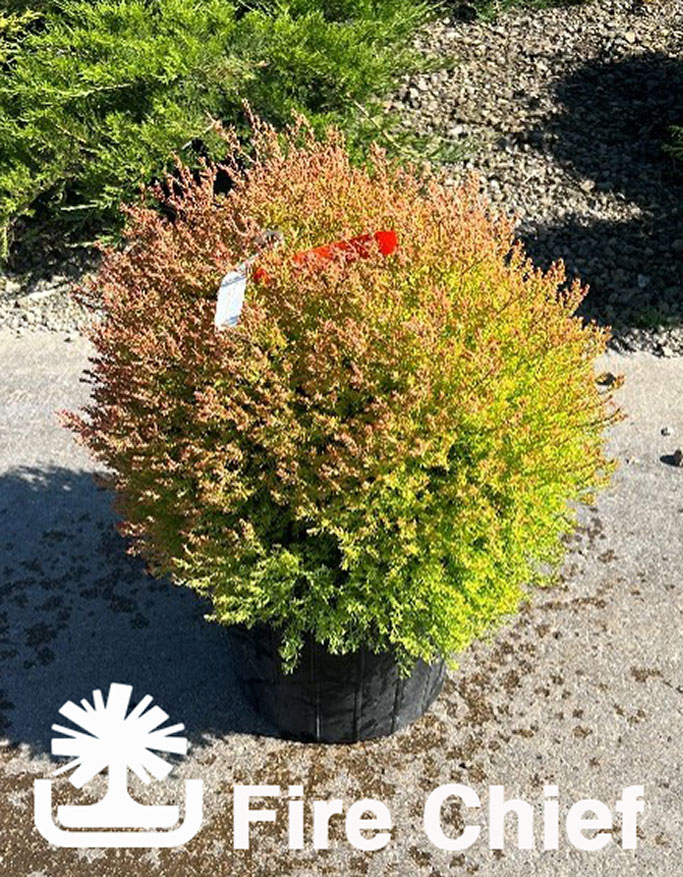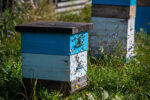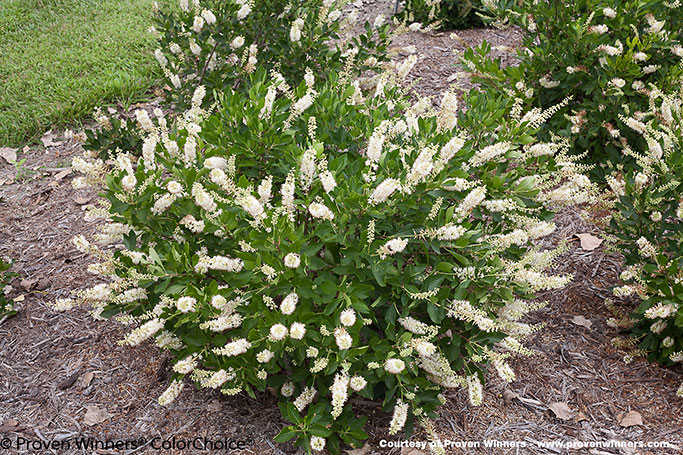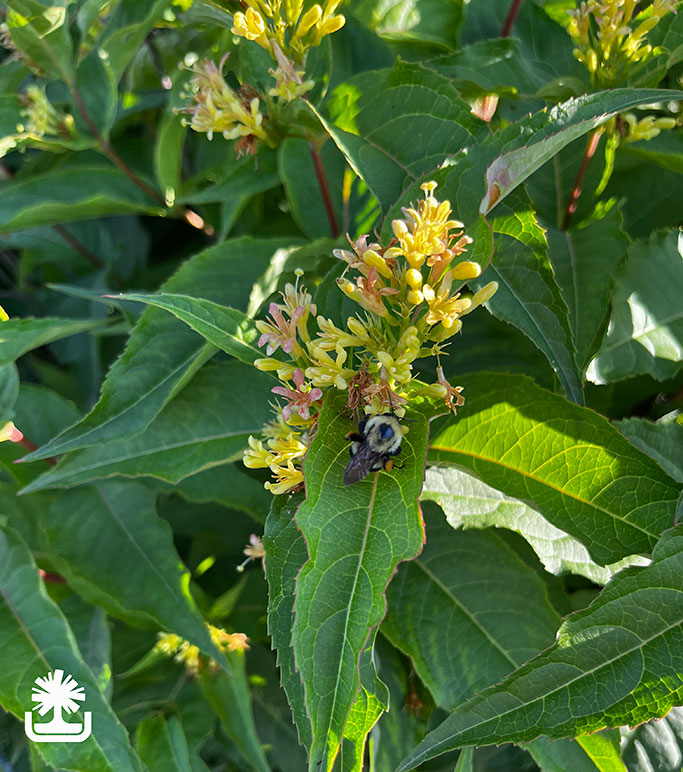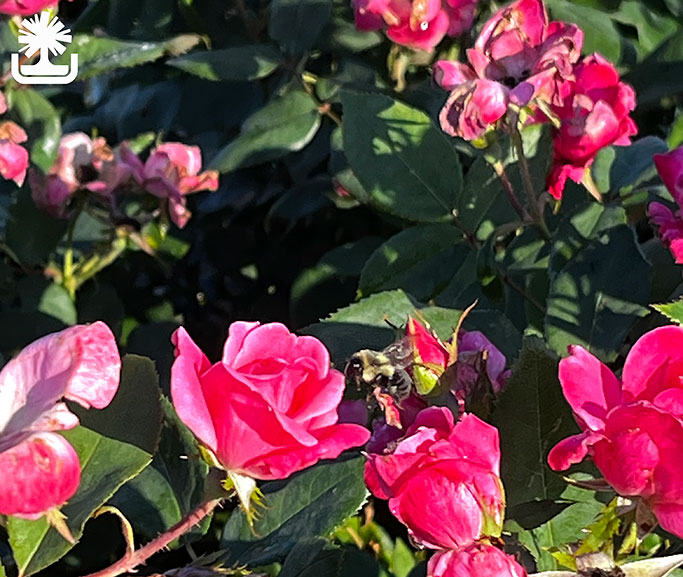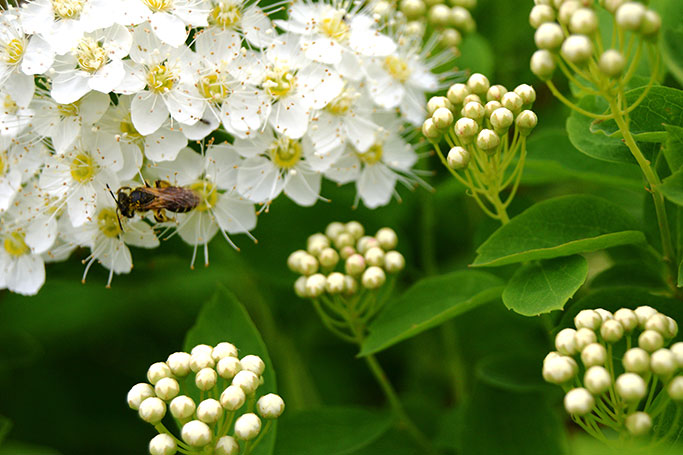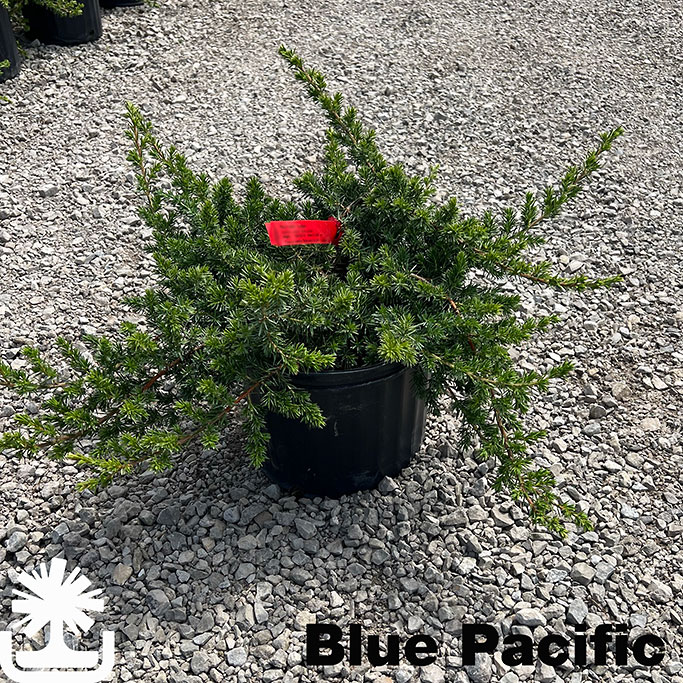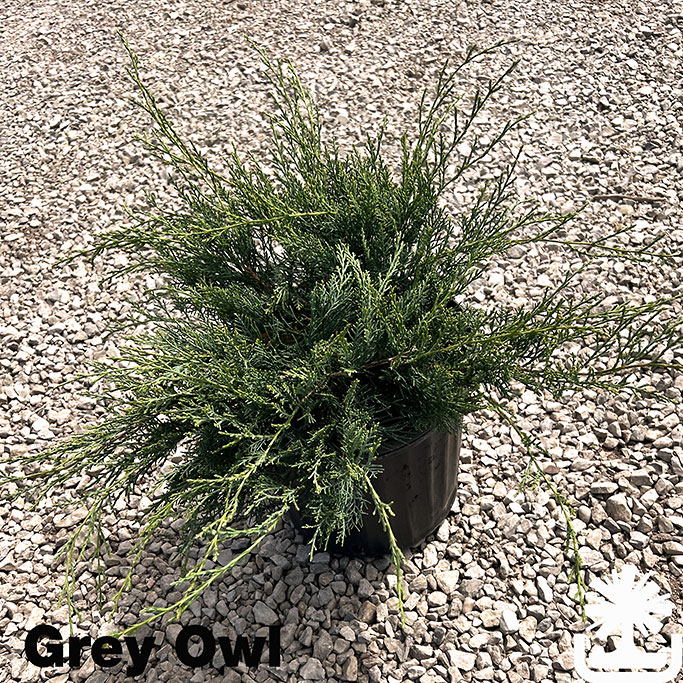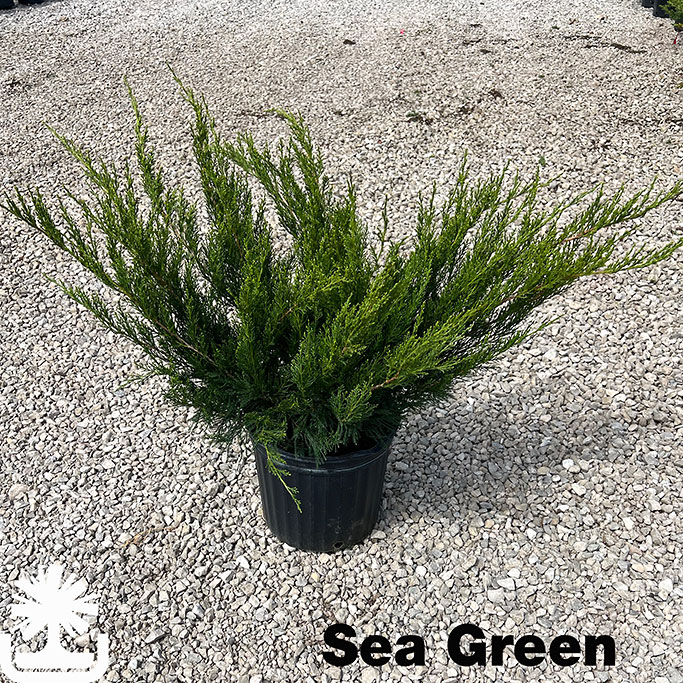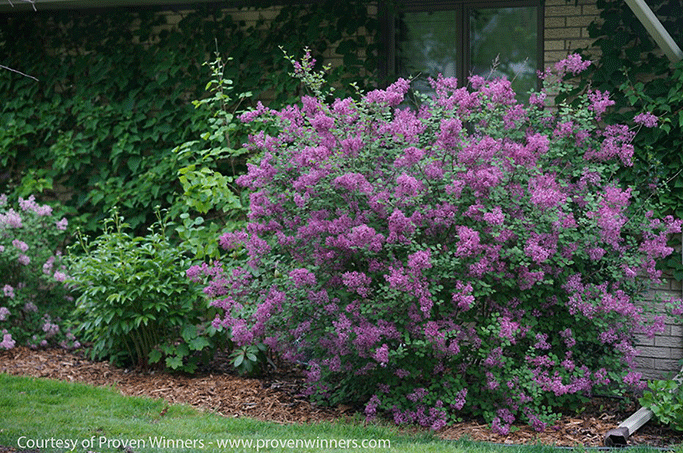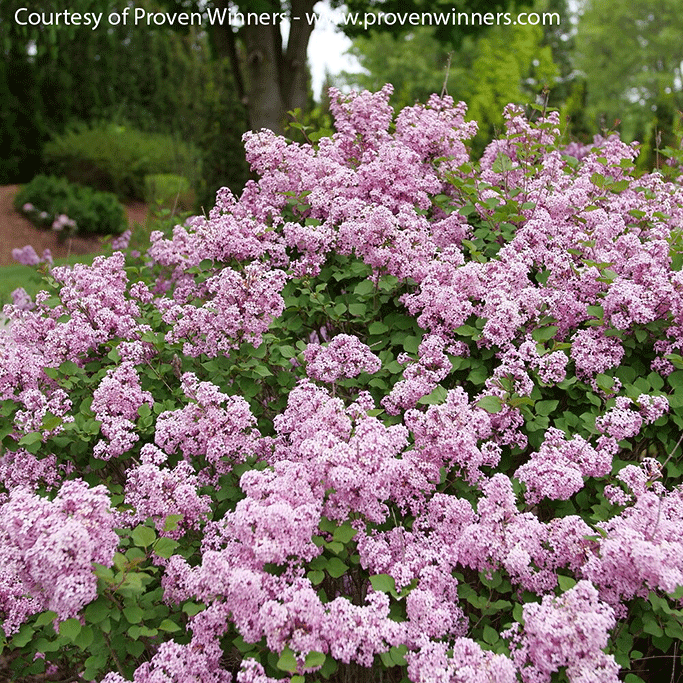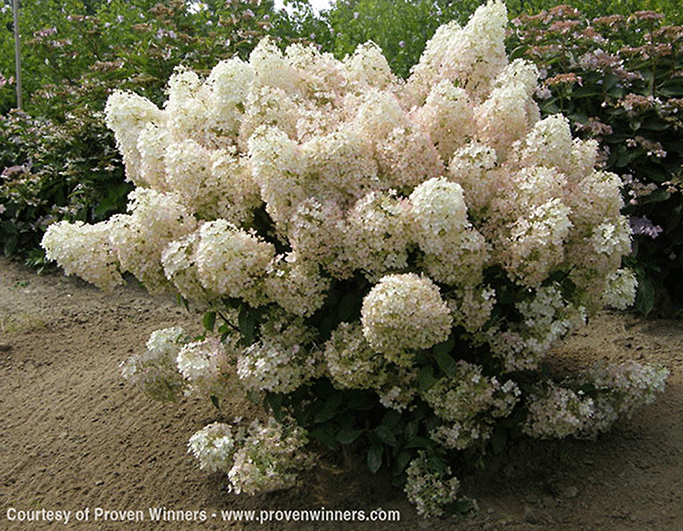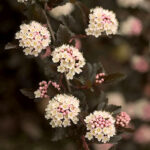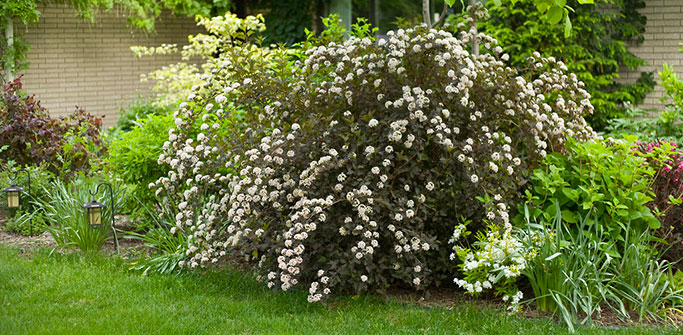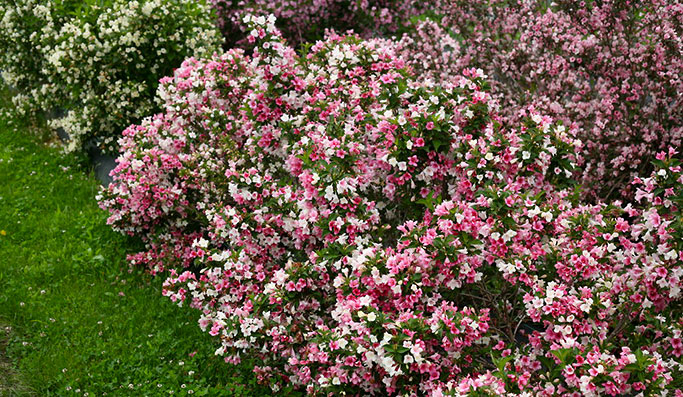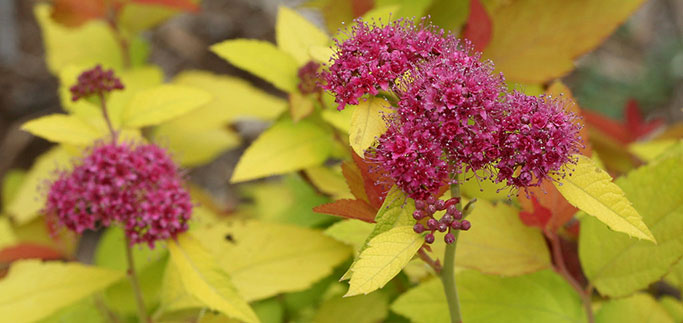Euonymus alatus 'Compactus', otherwise known as Burning Bush, is what might come to mind when you hear the word "Euonymus." The bright red, fall foliage and its ability to make a seamless hedge in just a short amount of time has secured its spot as a staple plant for any landscape.
However, there is another member of the Genus that has made its mark on landscapes, Euonymus fortuneii, which couldn’t be more different than Burning Bush!
Euonymus fortuneii is more widely known as Wintercreeper. It is an evergreen shrub that comes in all kinds of shapes, sizes and colors. There are many varieties to choose from, and what makes it unique is that most of these varieties have eye-catching, variegated foliage. Here are a few that we carry here at Christensen's.
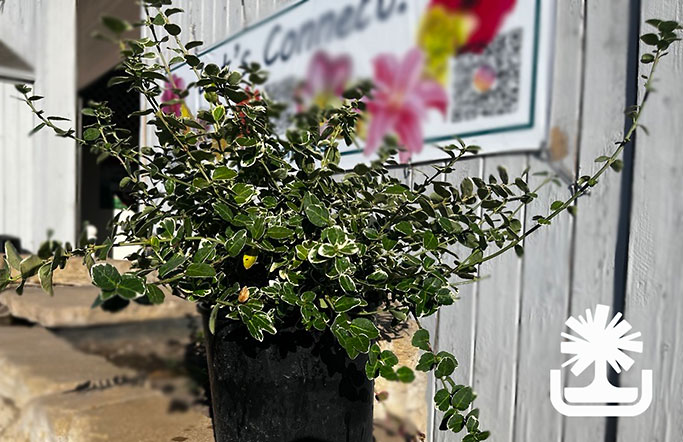
Euonymus fortuneii 'Emerald Gaiety'
Emerald Gaiety is a more upright variety of Wintercreeper. They will have green leaves with white margins, sometimes even getting a hint of pink to the leaves.
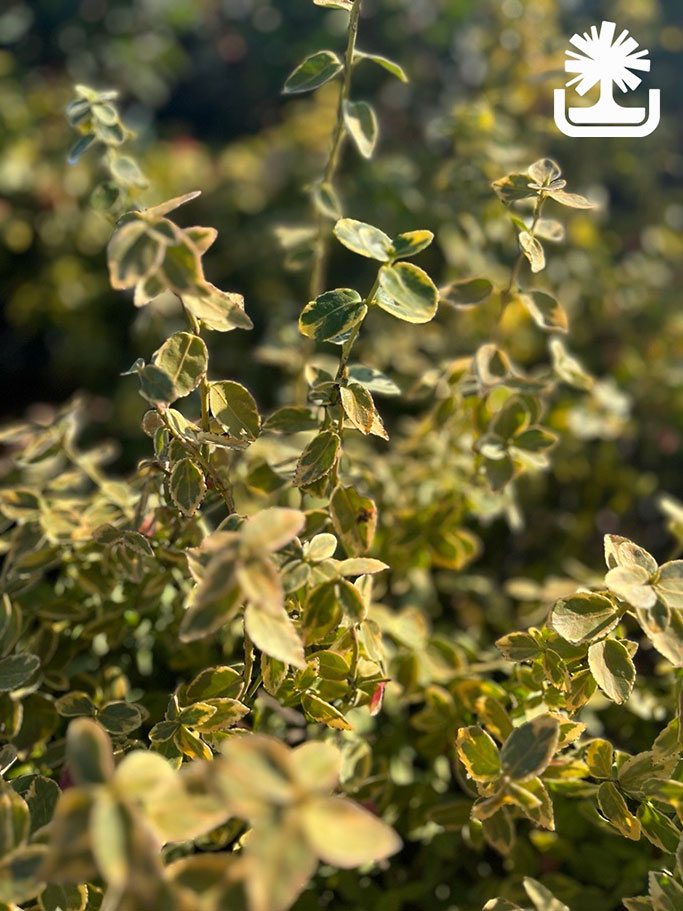
Euonymus fortuneii 'Emerald 'N Gold'
Emerald N Gold has more of a spreading habit and leaves with dark green centers and yellow margins.
Euonymous fortuneii 'Moonshadow'
Moonshadow has a spreading habit like Emerald N Gold, but with leaves of bright yellow centers and dark green margins.
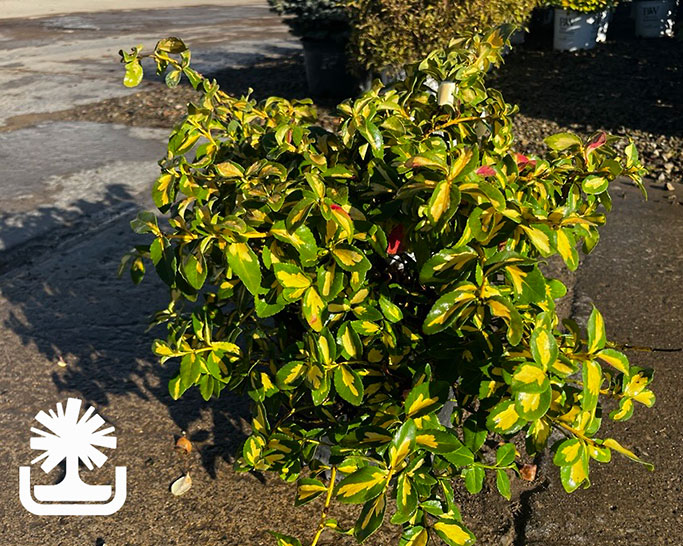
If there are any varieties that you are looking for not listed on our availability, let us know and we may be able to find it for you!

